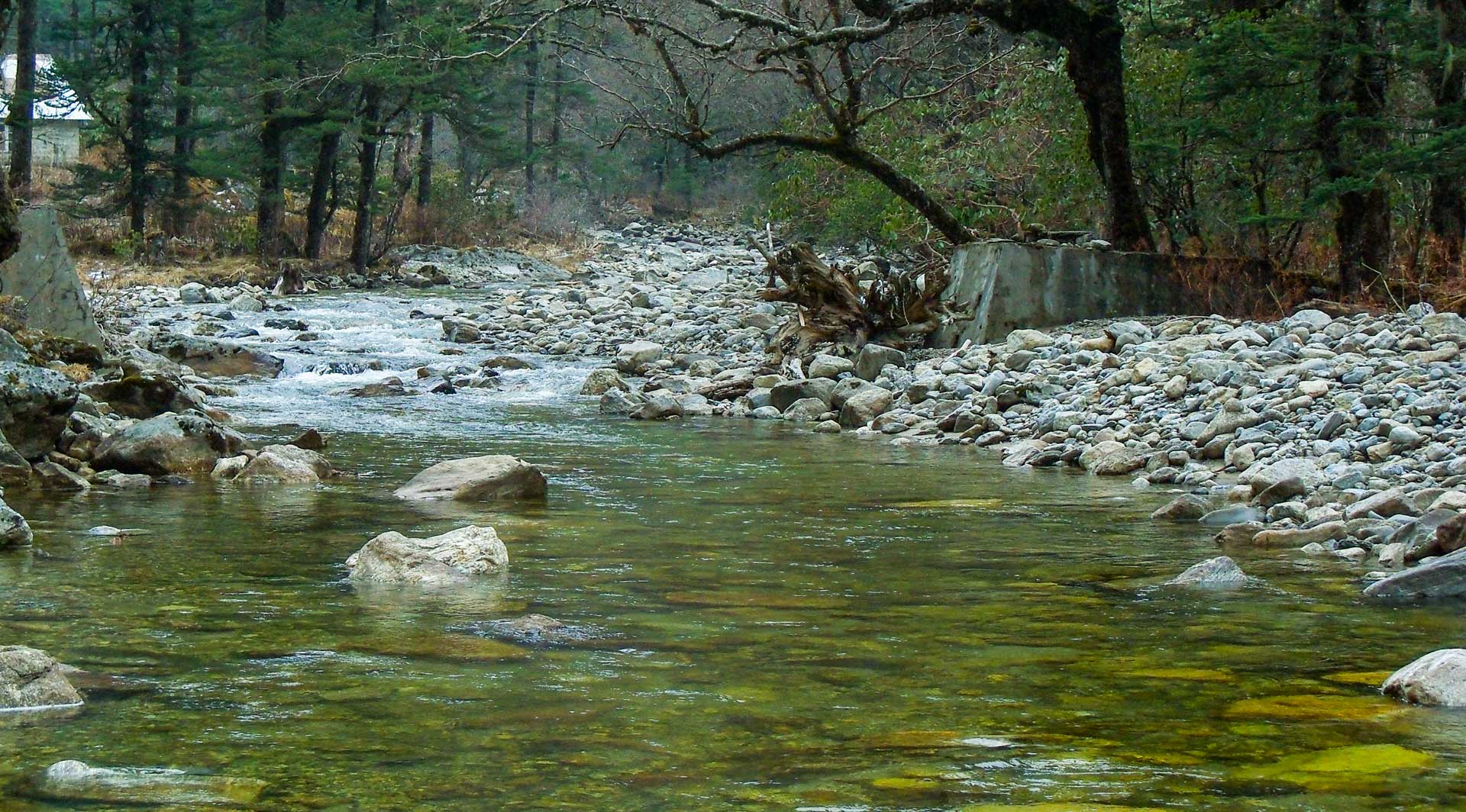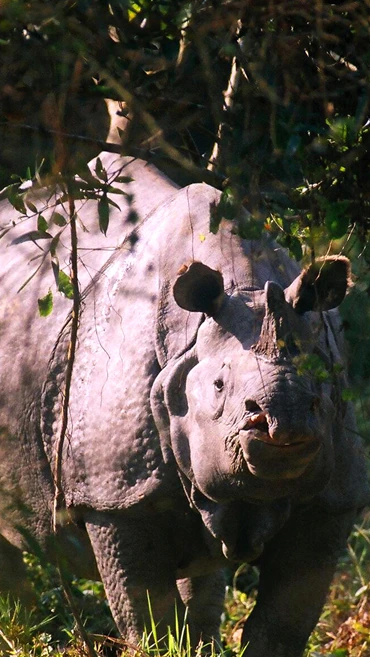Neora Valley National Park – A Hidden Paradise in the Eastern Himalayas
Nestled in the pristine Eastern Himalayas, Neora Valley National Park is a breathtaking expanse of untouched wilderness. Spanning 88 sq. km, this park is one of India’s oldest Reserve Forests, preserving an unparalleled wealth of biodiversity. With its northern boundary merging into the forests of Sikkim and Bhutan, Neora Valley serves as a sanctuary for a fascinating array of endemic flora and fauna, making it a must-visit destination for nature lovers and wildlife enthusiasts.
A Haven of Biodiversity
The park boasts a dramatic variation in altitude, ranging from tropical forests in the lower reaches to temperate and sub-alpine ecosystems in the high-altitude Rachilla Danda region. This diverse terrain makes it home to some of the most exotic species of animals and birds.
Wildlife in Neora Valley
Neora Valley is one of the last remaining habitats of the elusive Red Panda, a flagship species of the region. Other incredible wildlife species that thrive in this dense forest include:
-
Mammals – Himalayan Tahr, Clouded Leopard, Tiger, Goral, Himalayan Black Bear, Wild Boar, Wild Dog
-
Birds – Redstart, Whistling Thrush, Golden-headed Black Finch, Niltava, Yuhina, and many other resident and migratory bird species
This unique blend of species makes Neora Valley a paradise for wildlife photographers, bird watchers, and adventure seekers looking to explore an untamed forest.
Tourism in Neora Valley National Park
Due to its mountainous terrain and thick forest cover, Neora Valley remains largely unexplored. Unlike other national parks, there are no traditional jungle safaris here. Access to the core forest area is restricted to preserve its fragile ecosystem, but adventure-seekers can explore the forest fringes and embark on trekking expeditions.
Key Tourist Destinations Near Neora Valley
While the park itself has limited access, the surrounding villages and forested fringes offer excellent tourism opportunities. Some must-visit destinations around Neora Valley include:
1. Lava – Lolegaon – Rishyop – Kolbong Circuit
These picturesque hill villages have become popular with tourists over the years, offering breathtaking Himalayan views, nature trails, and serene homestays.
2. Gorubathan, Phapharkheti & Samsing (Southern Fringe)
These emerging destinations are ideal for travellers seeking a tranquil getaway amidst lush forests and scenic landscapes. Samsing is also a gateway to Neora Valley’s buffer zone, where visitors can enjoy short treks and riverbank picnics.
3. Bindu, Jhalong, Rangpo, and Todey-Tangta (Western Front)
These quaint Himalayan hamlets are known for their pristine rivers, rolling tea gardens, and excellent birdwatching opportunities.
Trekking in Neora Valley – An Adventure Like No Other
For the true adventurer, trekking through Neora Valley is a once-in-a-lifetime experience. Special permission from the Forest Department is required to explore the inner forest.
Most Popular Trek: Lava to Rechela Top to Samsing
-
Starting Point: Choudapheri (near Lava)
-
Route: Choudapheri → Neora Forest → Rechela Top (highest point in Neora Valley) → Samsing (Murti Riverbank)
-
Duration: 4-5 days
-
Experience: This trek takes you deep into the heart of Neora Valley, through ancient forests, remote wilderness, and breathtaking mountain passes.
Important Note: Budget trekking is not possible here, as trekkers need to carry their camping gear, food supplies, and support staff due to the lack of infrastructure inside the forest.
If you are interested in experiencing this unique trek, NBTT Travel Solution Pvt. Ltd. has years of expertise in organizing safe and well-planned treks.
Best Time to Visit Neora Valley
-
Spring (March-May): Rhododendrons and orchids in full bloom, perfect for trekking
-
Autumn (September – November): Best time for clear mountain views and wildlife sightings
-
Winter (December – February): Cold and misty, with a chance of snowfall in higher regions
Avoid Monsoon (July – August): Heavy rainfall can make trekking dangerous due to landslides and slippery trails.
Plan Your Trip with NBTT Travel Solution Pvt. Ltd.
Looking for a seamless travel experience to Neora Valley and its surrounding destinations? Let us take care of all the details for you!
Customized Tour Packages – Stay, transport, guided tours, and more
Expert Trekking Guides – Safe and well-organized treks with all provisions
Hassle-Free Permits – We arrange necessary forest department permissions
Call us today: 9733300696
Explore Neora Valley with trusted travel experts
For Booking or Query
Contact Us
Query Form
North-Bengal.com
Siliguri Office - 19 MN Sarkar Road, Siliguri, West Bengal - 734001 Siliguri, State : West Bengal, Country : India. PIN : 734001
info@north-bengal.com

